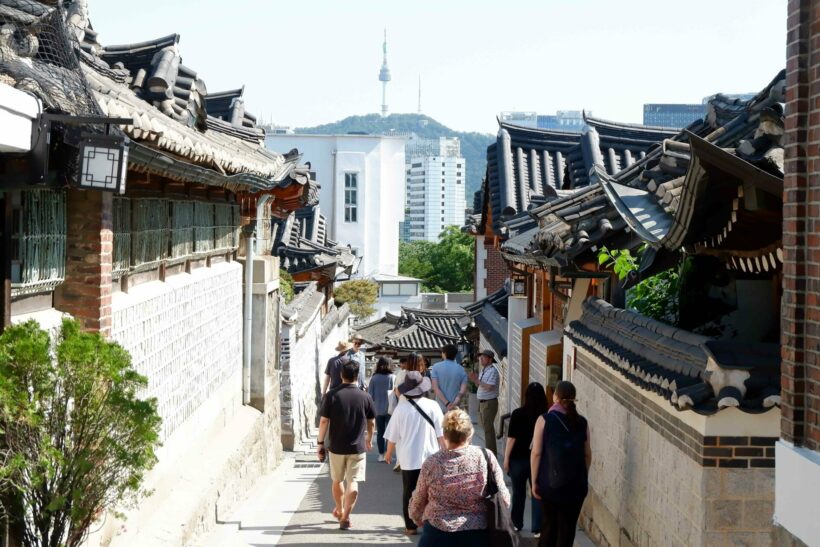June 3rd, 2023. During a pleasant sunny Saturday afternoon in Seoul city, a group of enthusiasts gathered to set foot on a cultural excursion called “A Deep Dive into the History of Hanok Preservation in Bukchon” led by Robert J. Fouser, Ph.D., organized by The Royal Asiatic Society Korea (RAS Korea).
According to its website, RAS Korea is the world’s oldest Korean studies organization, established in 1900, designed to introduce people to the beauty of this land in all its many aspects. It is also arguably the most active international cultural and social organization in Korea.
Seoul city has several hanok villages open for a public visit mostly all year round in every season. A hanok (한옥) is a traditional Korean house, made out of wood, rock, soil, and paper. According to the Seoul Metropolitan Government data, about 4.500 hanok buildings are part of the 10-year preservation policy in the city. For local residents and international tourists, visiting a hanok village has become an important cultural aspect and itinerary. In fact, hanoks are the jewels in a heavily concreted city, a link to the past several centuries of life, history, and tradition on the peninsula. As an example, the Bukchon Hanok Village is a village with a 600-year-old history. Robert writes that the rows of hanoks, or traditional Korean-style houses, in Bukchon have become one of the most common images of Seoul.
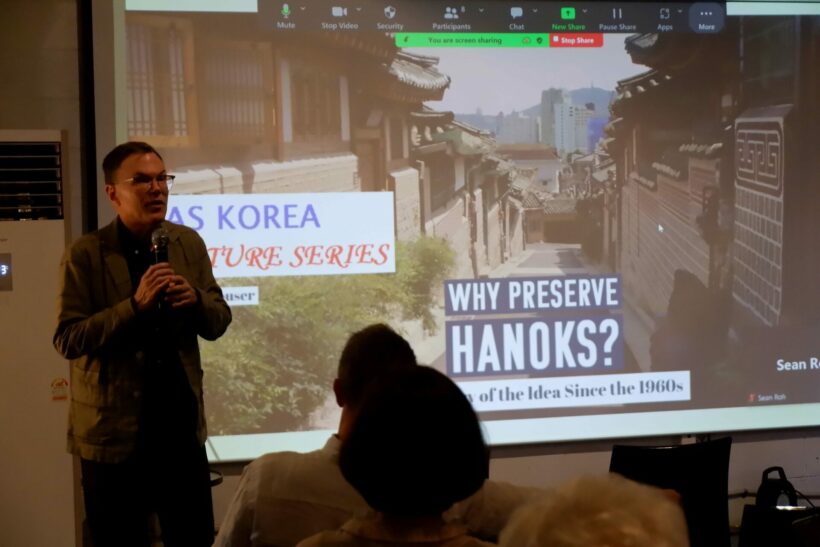
Prior to the Saturday afternoon’s cultural excursion in Bukchon Hanok Village, on May 23, 2023 evening, Robert J.Fouser, gave us a lecture on “ Why Preserve Hanoks? A Brief History of the Idea Since the 1960s”. In his lecture, Robert discussed tensions and contradictions in the history of hanok preservation since the 1960s.
In the summary, he mentioned that “For my research, I searched online newspaper databases to find relevant articles and opinion pieces related to hanok preservation. A close reading of selected articles showed that interest in hanok preservation began in the late 1960s as rapid industrialization swept the country. During this time, hanoks were defined as “traditional” and thus worthy of preservation as part of broader efforts to preserve cultural heritage. Policymakers implemented plans for historic districts in Seoul and Jeonju that sought to ban new construction. However, as Korea democratized and lifestyles changed, residents grew increasingly unhappy with the restrictions. In the 1990s, policymakers developed a new approach that encouraged renovations and even new hanok constructions, which ended up causing controversy.” During the discussion, Robert referred to various international examples to place the history of hanok preservation in a broader context.
The four hours cultural excursion in Bukchon Hanok Village led by Robert J.Fouser highlighted the importance of preserving cultural assets, “to gain a better understanding of the controversies over hanok preservation of Bukchon that arose in the 2010s, focused on the planning for and implementation of preservation policies”.
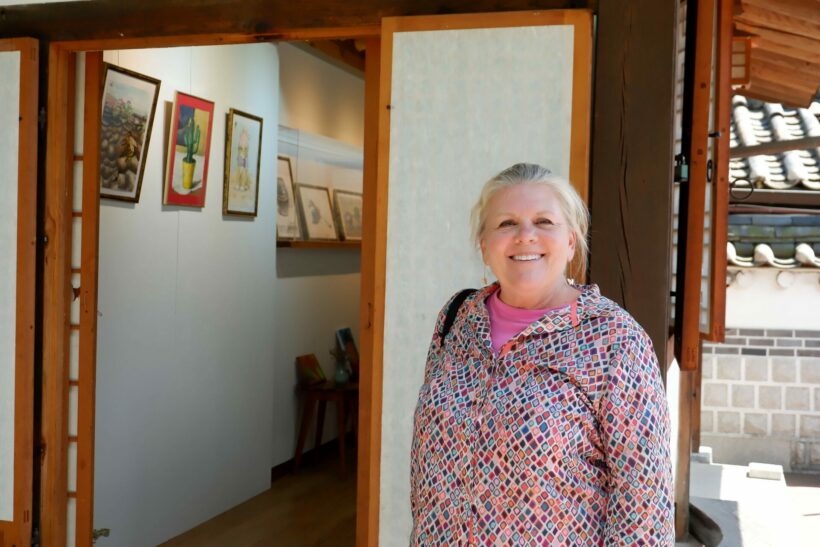
Michelle Agazzi, a tourist from USA California, said that she enjoyed the Hanok Preservation History tour and the people she met. She has learned about the different periods of Hanok construction and gained some understanding of the challenges of preserving these important houses. Michelle added, “Since I have been visiting Seoul on my own, it is always nice to meet new friends with common interests. I really enjoyed meeting Dr. Robert Fouser and was thankful we had access to so many different and interesting places on the tour. Some of us gathered for dinner afterward and had a nice time.”
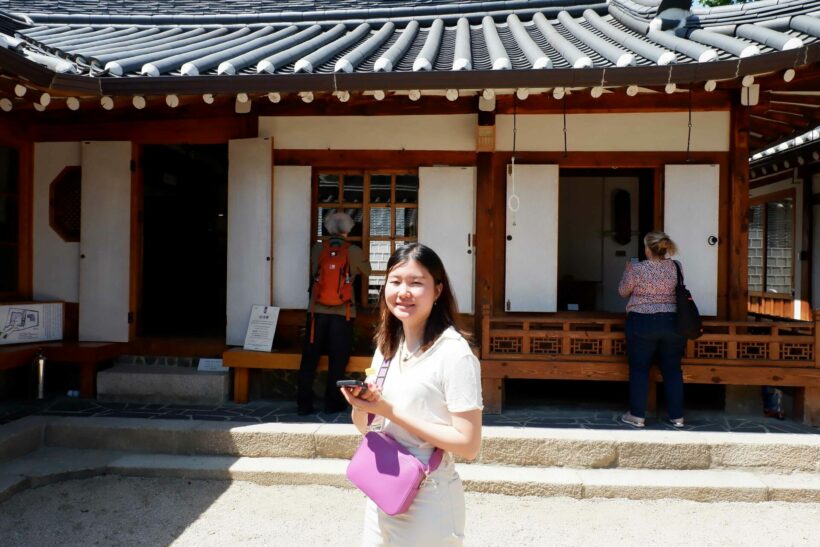
Suh Yoon is a hanok student at a government-funded academy for Hanok studies. For her, Hanok is a beautiful house because she loves wooden houses. “I think we are tired of living in concrete houses, traditional houses have been structurally proven to be worked, and they are beautiful. The most interesting thing about hanok is it is very suited for the Korean weather”.
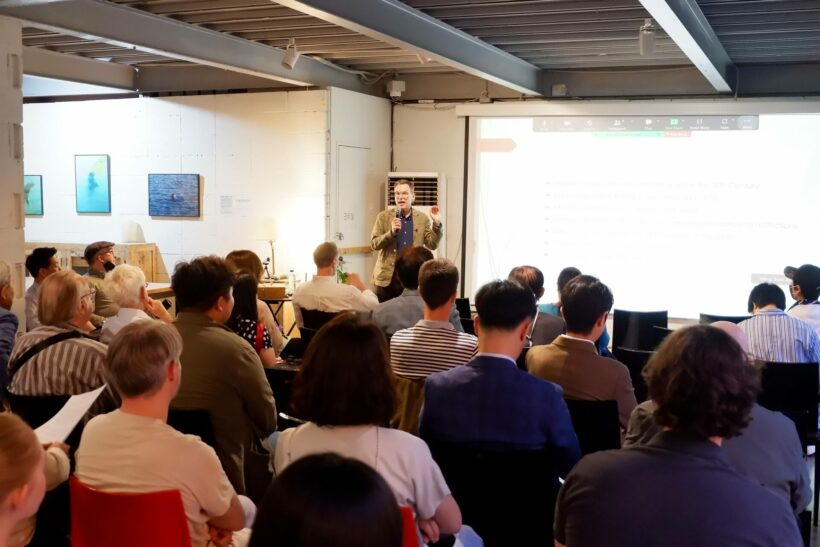
The lecturer and excursion leader Robert J. Fouser holds a B.A. in Japanese language and literature, and an M.A. in applied linguistics, both from the University of Michigan, and a Ph.D. in applied linguistics from Trinity College Dublin. He studied Korean language at Seoul National University in the 1980s. He lived in Japan from 1995 to 2008 where he taught foreign language education at Kyoto University and developed the Korean language program at Kagoshima University. From 2008 to 2014, he taught Korean as a second/foreign language education at Seoul National University. He is currently an independent scholar based in Providence, Rhode Island.
He is the author of five books in Korean, including Oegugeo Jeonpadam [The Spread of Foreign Languages] (2018), Robeoteu Paujeo ui Dosi Tamgugi [Exploring Cities with Robert Fouser] (2019), and Oegugeo Hakseupdam [Thoughts on Learning Foreign Languages] (2021). He is currently finishing a book on the history of historic preservation in cities around the world, which will be published in the fall of 2023. He also is the translator of Understanding Korean Literature (1997) by Kim Heunggyu and a co-author of Hanok: The Korean House (2015). He writes regular columns for various media outlets in Korea.
The Royal Asiatic Society Korea activities are focused on a regular program of lectures and cultural excursions, as well as special interest groups and books, including the annual journal transactions.
Check out some other photos of the hanok visit:
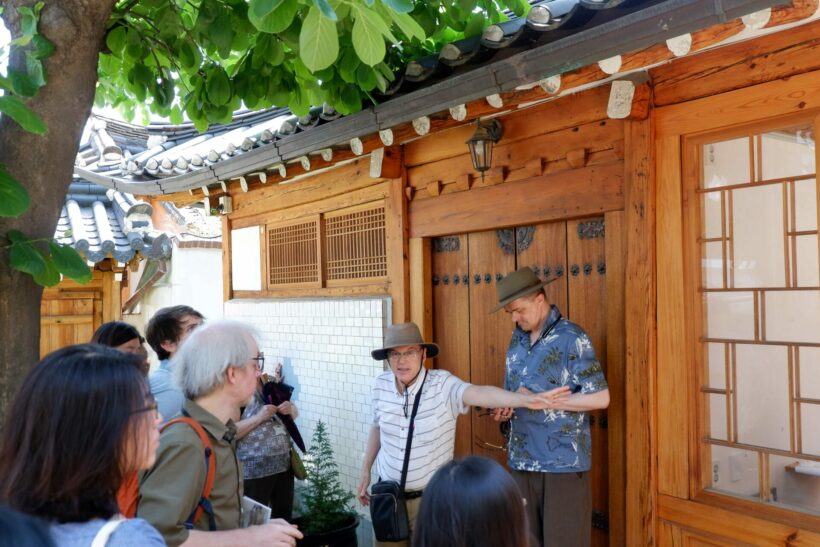
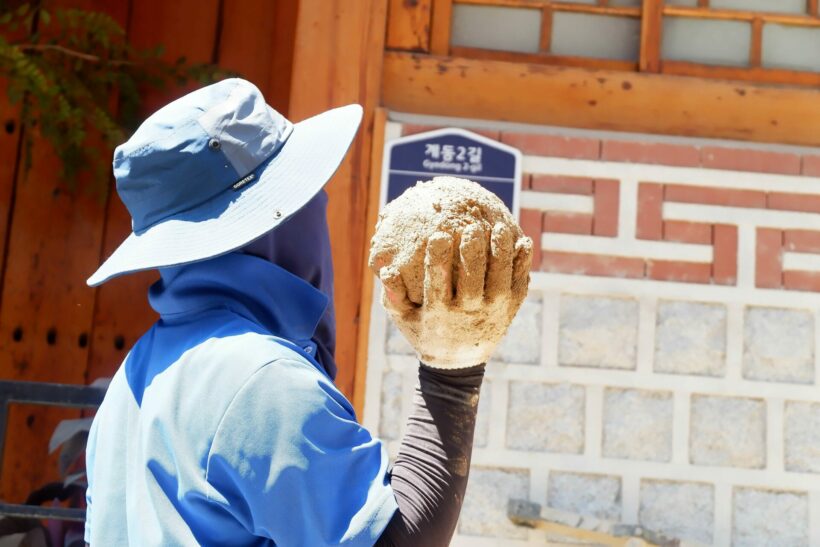
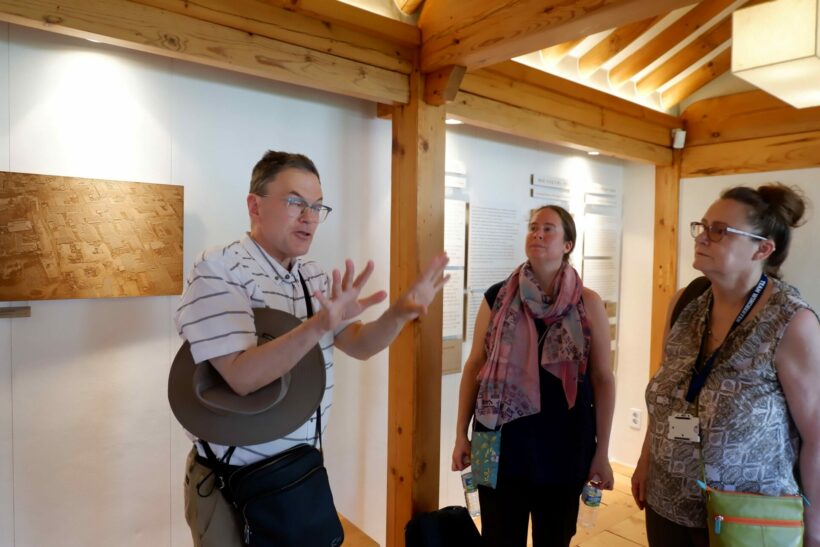
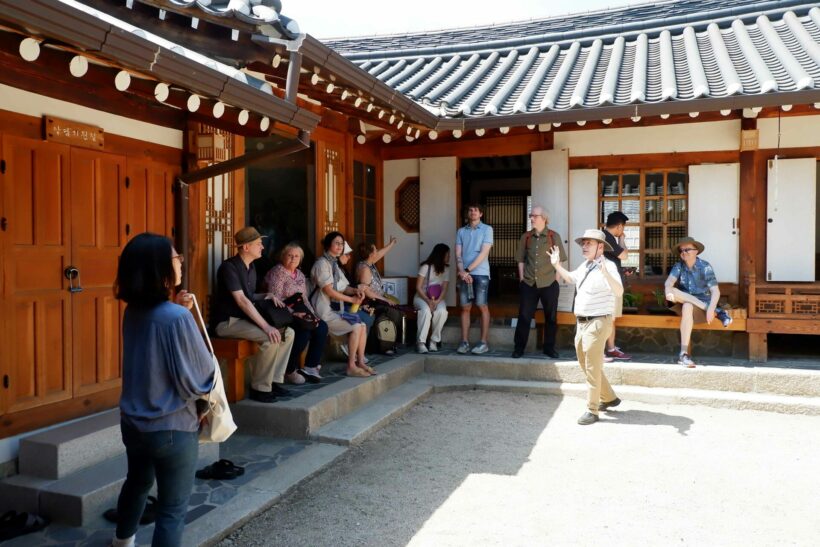
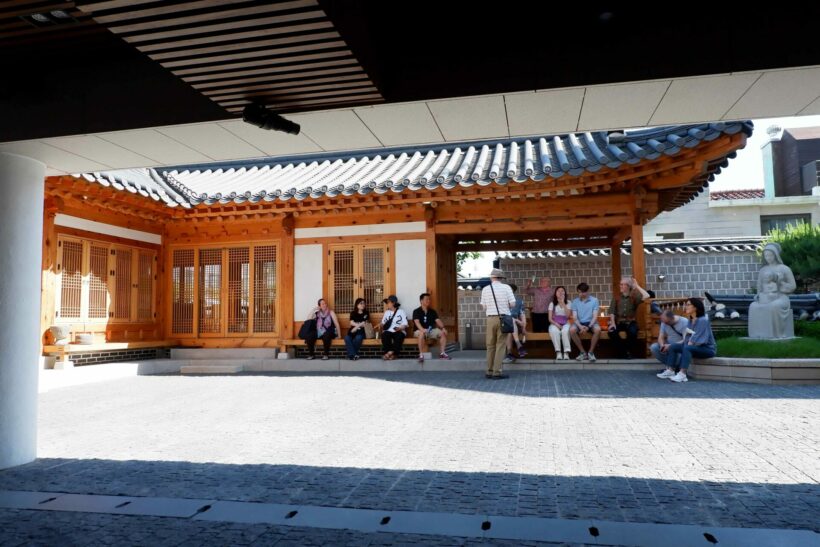
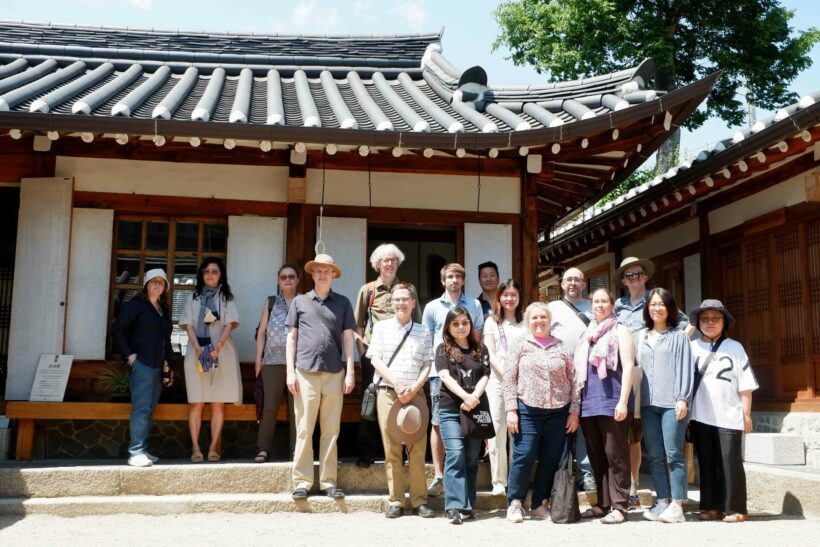
All photos courtesy of Bereket Alemayehu.


